Social network continues its reign as a leading choice for online marketers and businesses looking to reach their target audience in the Information Age. But climbing up aboard the social media marketing train may not be as easy as it as soon as was, as lots of socials media have actually updated their algorithms to implement stricter guidelines regarding which content gets to the top of a user's
news feed.< span data-hs-cos-general-type ="meta_field" data-hs-cos-type= "rich_text "> Stats show that in both B2B and B2C sectors, a growing number of decision makers are millennials. And these digital natives, as they're typically called, are likely to notice brands that they can engage with on social media sites like Twitter and facebook.
That said, if you haven't hopped on the social networks marketing bandwagon yet, then your time is running out. In 2015, stats peg the variety of active advertisers on Facebook alone to be around 6 million. And with Facebook's current overhaul of their news feed, justifying paid social can get even harder with increased costs and less opportunities for exposure.
But first, let's specify the 2 types of marketing you can do on social networks: natural and paid.( If you currently understand this bit, you can skip to
data-hs-cos-type="rich_text"> What is Organic and Paid Social? Organic social means using the fundamental functions of any social networks platform without spending for anything. It's organic since the impressions you get for your posts are natural-- which indicates the ones who can see your post are people who follow you and their friends( when your fans share your posts to their own timeline ). Examples of natural posts are sharing news and photos, addressing concerns, and reacting to feedback made by your consumers on social networks.
While organic is associated to totally free, one exception is when you acquire a subscription to use tools such as Buffer or Hootsuite to handle and arrange your social networks posts. What these tools do is make it much easier for you to plan out your posts beforehand, but since it does not push your content to individuals that are not yet following you, it's still thought about natural.
Paid social, on the other hand, means paying to"improve"your content, which implies it will be pressed to a group of audiences under a certain group. Frequently this payment is on a per-click basis, or what is called CPC(cost-per-click) in the internet marketing world.
Common platforms consist of Facebook Ads, Twitter Ads, and LinkedIn Advertisements and examples of paid social are sponsored posts and advertising campaign that are targeted to, say, individuals aged 19-50 years old who are self-employed or own a company.
Naturally, it takes time to build relationships, so the beauty of organic reach might only be seen in the long term. On the other hand, paid social networks campaigns have a set period, so their impacts are more instant. The objectives of paid social are improving brand awareness, driving conversions, and
supporting natural posts by providing a "increase." That said, when a< a href="https://www.business.com/articles/sarah-patrick-paid-vs-organic-social-media/"> 2016 study asked more than 300 marketers which they thought was more effective, majority believed paid was the better one. And looking at data, it may also hold true. Given that 2012, organic reach has actually been on a down pattern when Facebook restricted the organic reach of brand name pages to 16 %. Social@Ogilvy released a white paper in 2014 forecasting" Facebook Absolutely no,"when natural reach of brand pages on Facebook reaches, well, no.
And with last month's statement that Facebook will be revealing less branded natural material and doubling down on posts made by individuals and influencers, organic reach is seeing a slow burn for brands and companies-- while paid is getting even more expensive.
 (Source)
(Source)
In spite of this downhill trend, Facebook isn't really rather a"paid "platform yet. The same white paper points out one example that revealed the power of Facebook fans (natural) as the primary motorist for getting profits in paid projects. Simply put, without a strong following to start with, paying to obtain your posts improved will have little to no positive rollover to sales.
Let's state you're just a few months in with using social media marketing for your service. Since you'll only have a couple of followers, you can utilize boost your posts to obtain your brand to the best audience, and after that be constant with organic posts to develop that relationship and with time turn fans into paying customers.
Similar to the problem of lower natural reach, it doesn't diminish the significance of natural posts. Yes, you might have to post less, and yes, you have to stop depending on vanity metrics such as likes and shares. Instead, you have to create content that targets the ideal metrics like click-through rates, conversions, cost per click, etc. and give unique worth that is shareable and interest the feeling of your target audience. As soon as you nail these aspects, organic social will be one of your friends in social networks marketing.
Both organic and paid have their strengths and weaknesses, but an effective social media project needs the best balance of both to prosper in the modern-day age.
Are you using paid social, organic social, or both? Let us know in the remarks! < span data-hs-cos-general-type="meta_field" data-hs-cos-type="rich_text" >
http://blog.spiralytics.com/organic-vs-paid-social-media-traffic
